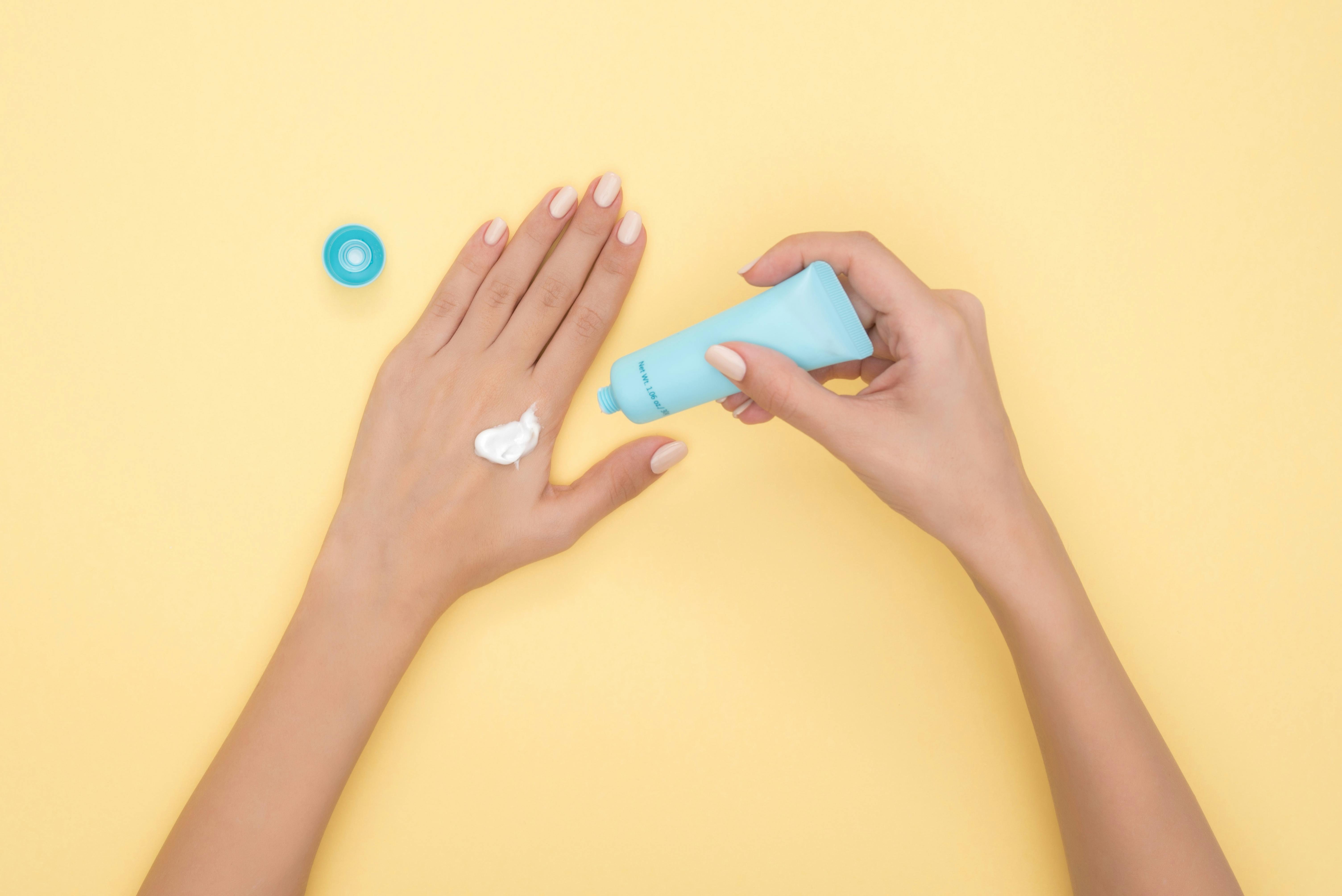
In October 2024, the “Pink Hair Movement” of the Ocean City School District reminded the community of the devastating losses cancer can bring. Honoring the late Mikenzie Helphenstine, a teacher and coach whose life was cut short by breast cancer, the movement underscores how cancer has an enduring impact on our lives.
As stories like these make their way through local news, they remind us that cancer’s threat is ever-present, and preventive steps are crucial. Skin cancer, which is the most common form of cancer in the United States, is no exception. With rates rising across the country, it is more important than ever to prioritize sun protection, but the path to this is more complicated than it looks.
In early 2024, an alarming report from the American Cancer Society highlighted an estimated death tally of 611,000 Americans from cancer in this year alone. In New Jersey, where melanoma of the skin has continued to impact lives, 2,330 new cases are anticipated this year. This is 4.04% of the 57,740 cases of cancer expected in New Jersey.
Worse yet, melanoma rates haven’t shown significant improvement over time. In fact, the state’s Department of Health reports that the age-adjusted rate of deaths due to melanoma of the skin has only decreased slightly from 2.5 per 100,000 in 2000 to 2.0 per 100,000 in 2020. The lack of substantial progress indicates a lack of effective measures in public awareness and product quality to curb skin cancer risks.
The stagnant skin cancer rates come from two major factors. For starters, there is a lack of awareness about how skin cancer forms and the necessity of regular sun protection. The sensitive skin around the eyes is particularly vulnerable to basal cell carcinoma (BCC), a common type of skin cancer that grows around the eyelid. According to data from the American Academy of Ophthalmology Intelligent Research in Sight Registry, BCC's prevalence is 87.9 per 100,000 population.
Therefore, sunglasses represent a crucial part of protecting against skin cancer. Wearing prescription sunglasses is a must, especially for those with vision issues. Choosing oversized frames such as Ray-Ban’s RB2210 or Versace’s VE4468U is generally recommended for their wider coverage. These wider frames encourage consistent use and ensure quality, while the brand name guarantees a reputable lens technology that provides UV protection. Some brands, such as Oakley or Ray-Ban, also offer their own advanced lens treatments like Chromance and Prizm, which can help reflect glare away from the skin around your eyes.
Meanwhile, the second major factor in the stagnant skin cancer rates is the limited availability of high-quality sunblock products in the U.S. While selecting a quality sunglasses brand is pretty straightforward, the sunscreen situation is more challenging. In fact, only 35% of U.S.-marketed sunscreens meet the high standards reportedly required by the European Union, as stressed by Rep. Josh Gottheimer, D-N.J., in a recent statement.
Brands like Korea’s Beauty of Joseon and Australia’s Ultra Violette have gained popularity abroad due to their effective formulas, yet they are not readily accessible in the U.S., leaving consumers with products that may lack the most advanced sun protection ingredients.
To make matters worse, sunscreen is treated as an over-the-counter drug and requires a doctor’s note for students to apply it in school. Only recently, in September 2024, did Assemblywoman Nancy Munoz introduce legislation to undo the prohibition of sunscreen in schools. Munoz’s “Sunscreen Safety Plan” seeks to change this by promoting better access to sun protection for students throughout the day, a move supported by dermatologists who highlight that 90% of skin cancers are preventable.
The data is clear: taking proactive measures now can help protect future generations. As more states and public health entities prioritize sun safety, the goal is to build a sun-safe culture that keeps skin cancer at bay.